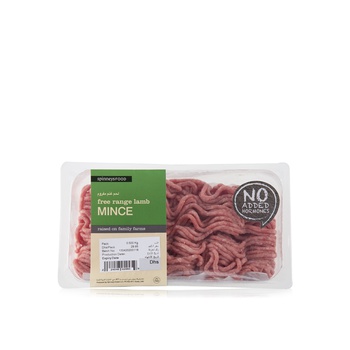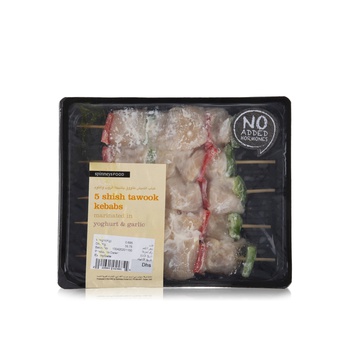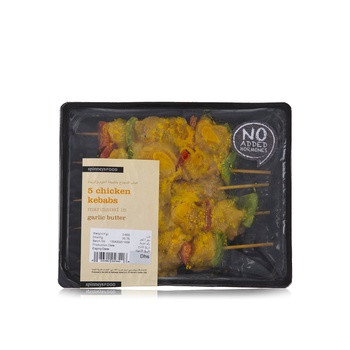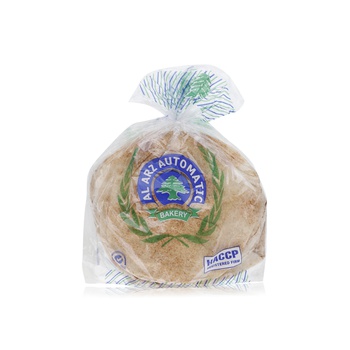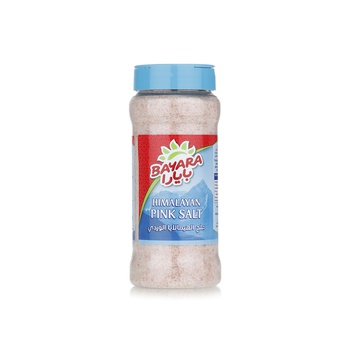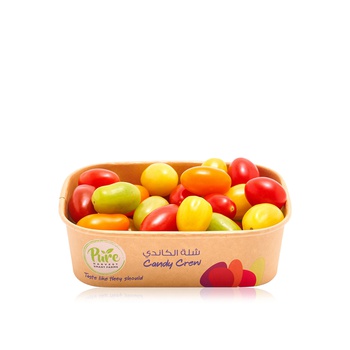What is a kebab? As many of us know it here in the Middle East, it’s small morsels of fatty, unctuous meat that are either strung together on a skewer or shaped around one, before being cooked on an open fire over coals or lowered into a tandoor. This barbecuing technique cooks the meat quickly and to juicy, tender perfection. The Maillard reaction kicks in at this stage too, caramelising the exterior of the meat and producing a somewhat umami flavour that is really what makes the kebab so irresistible.
Every culture has its own kebab, and each is delicious in its own way. In Japan, there are saucy, glazed yakitori; herby souvlaki come straight off the gyros in Greece; and you’ll find spicy, peanut-heavy satay in Thailand. All these versions offer different flavours and complexities, but they’re all united by the same technique made popular by prehistoric man several millennia ago and some nomadic warrior who used his sword to cook a piece of meat.
Over the last few weeks, I traipsed through several of Dubai’s kebab offerings in a bit of a food coma to seek out some of the best kebabs in the city. I’m was looking for tender meat, a robust marinade, fresh accompaniments and a whole lot of flavour.
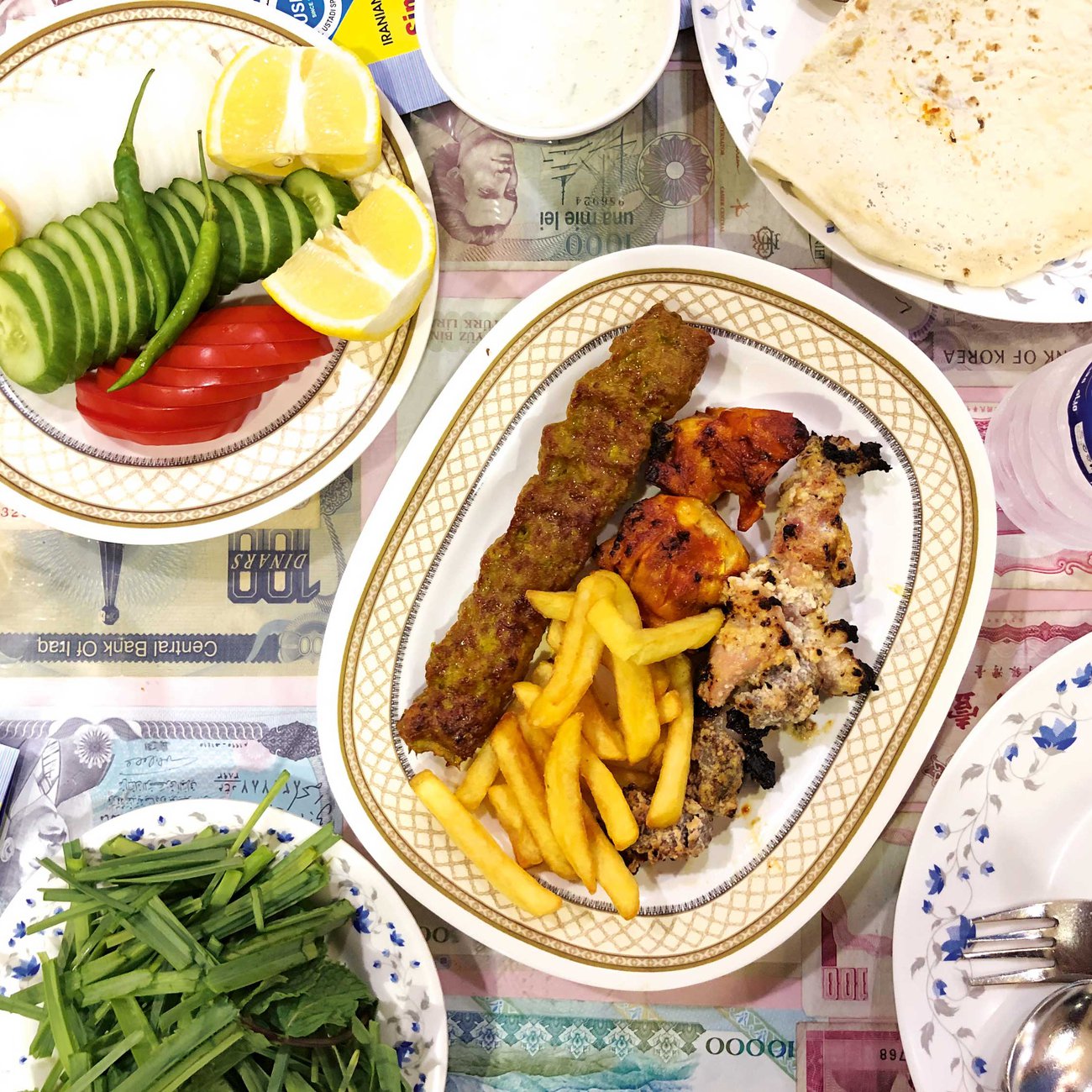

Al Ustad Special Kebab
Near the mouth of Dubai Creek lies Al Ustad Special Kebab, previously called Ostadi, which comes from the Urdu word for “master”.
The kebabs at this 46-year-old establishment are seriously good. Go for the tangy chicken and mutton yoghurt kebabs (kabab khas) or the smoky cholo kebab, which is paired with buttery saffron rice studded with sour barberries. Roll up the khubz bread that is served alongside the onion shish kebabs and eat with cool mint yoghurt and chips. Get the mixed kebab platter too, so you can try everything.
The Meating Room
After Abdul’s secret marinade became wildly popular at backyard barbecue parties, he and two childhood friends Kiev and Jacob came together to start the Meating Room in Al Karama. The focus of the restaurant is the grill, and they do a mean chicken boti kebab (titled Bihari Bhaiya on the menu), which is melt-in-the-mouth soft, no doubt from a long marination. The flavours are distinctly Indian here and the yoghurt and chickpea flour coating clings to every morsel of the chicken. But be warned: they don’t shy away from adding that extra bit of spice to their dishes.
Kaftan
A kebabpci is what you would call a kebab maker in Turkey and the one manning the kitchens at Kaftan has hit the sweet spot when it comes to Turkish adana kebabs of finely minced lamb.
The idea is to highlight the flavour of the meat rather than overpower it with seasoning, and the chargrilled adana kebab at Kaftan comes to the table laid out on a piece of bread to catch the juices. It is served with a side of rice and acidic onions, which cut through the richness of the kebab. It is mildly spiced and very tender.
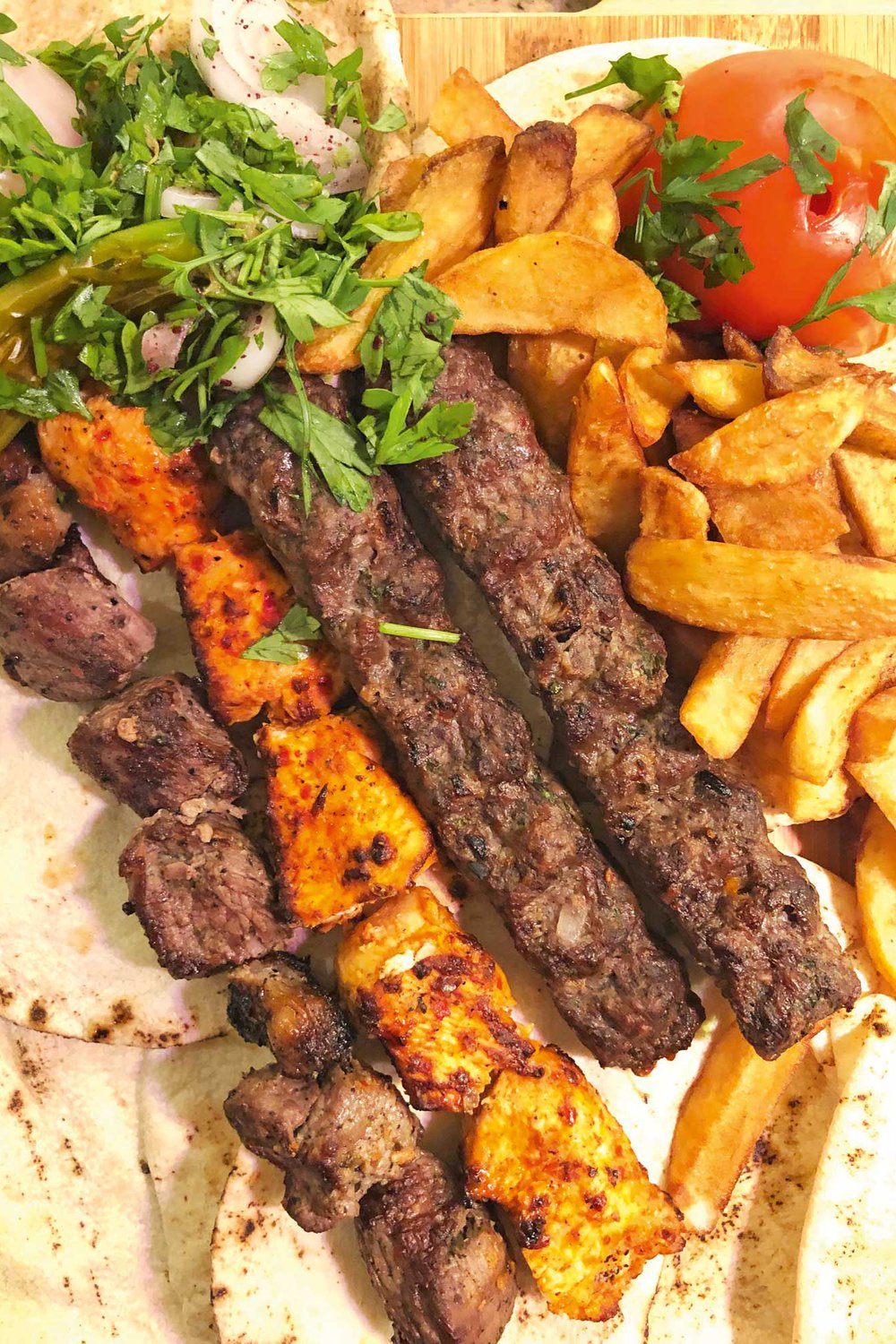
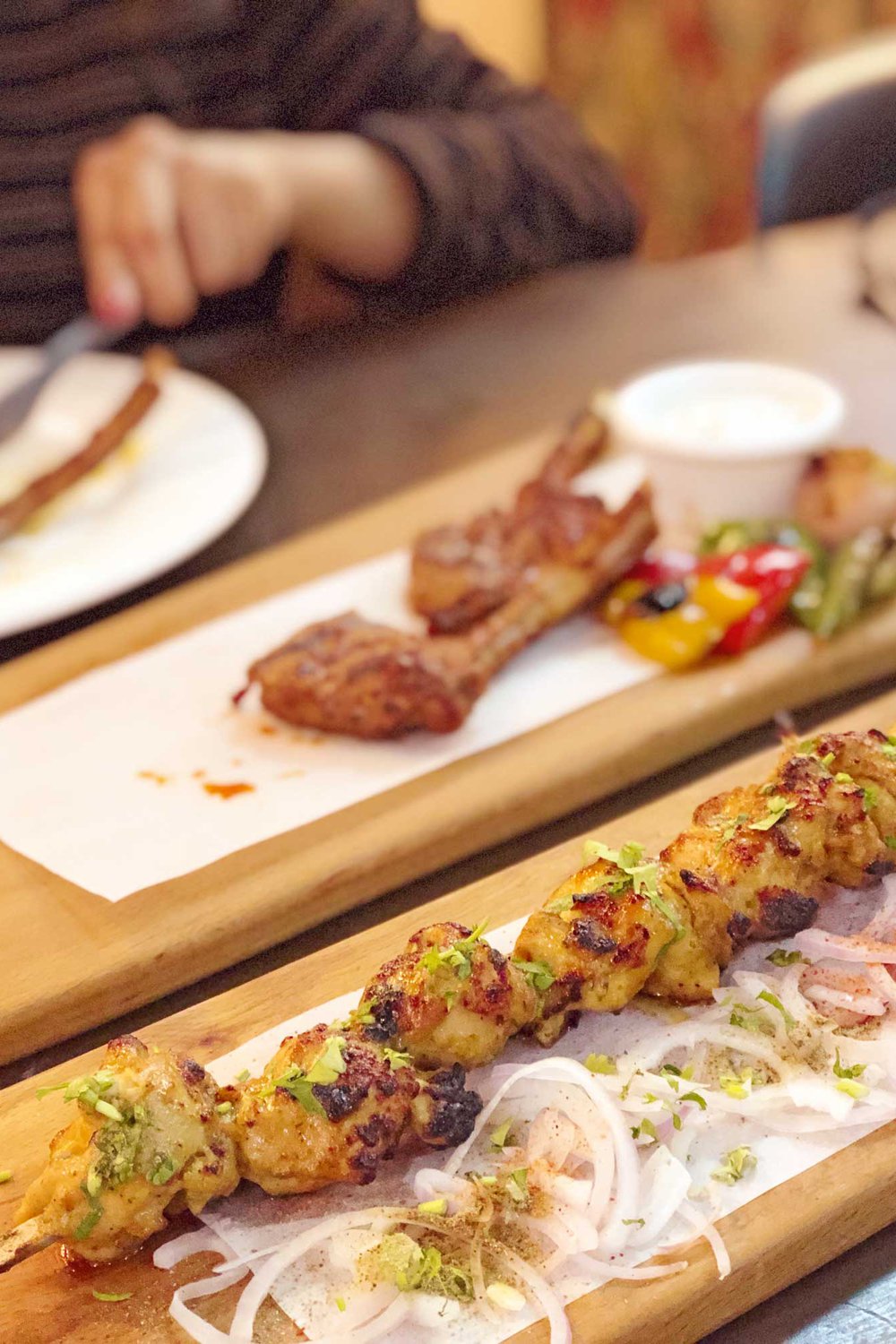
Bait Maryam
It’s easy to mess up a shish taook because it is made with chicken breast and overcooking it would immediately result in chewy, rubbery meat. Bait Maryam does justice to this Levantine classic with effortlessly juicy meat that has been marinated in yoghurt and spices. Be sure to also try the Maryam’s Kebab – ground lamb kebabs with cheese and pistachios. The cheese melts into the kebab upon cooking, keeping the interior from drying out, and the pistachios add a bite and mild sweetness.
"Every culture has its own kebab, and each is delicious in its own way"
Gbemi’s Kitchen
Perhaps an unlikely addition to this list, Gbemi’s Kitchen serves “urban African soul food” at its new JLT outpost. It is here that I get my first taste of beef suya, which is thin strips of beef tenderloin pressed into a peanut-based spice mix, then threaded onto a skewer and cooked over a fire. The kebab is basted with oil so that both the kebab and the peanut marinade take on an earthy, deeply smoky flavour. It comes to the table served with slivers of raw pink onion and extra suya spice mix sprinkled generously on top. This dish makes a perfect casual snack.

